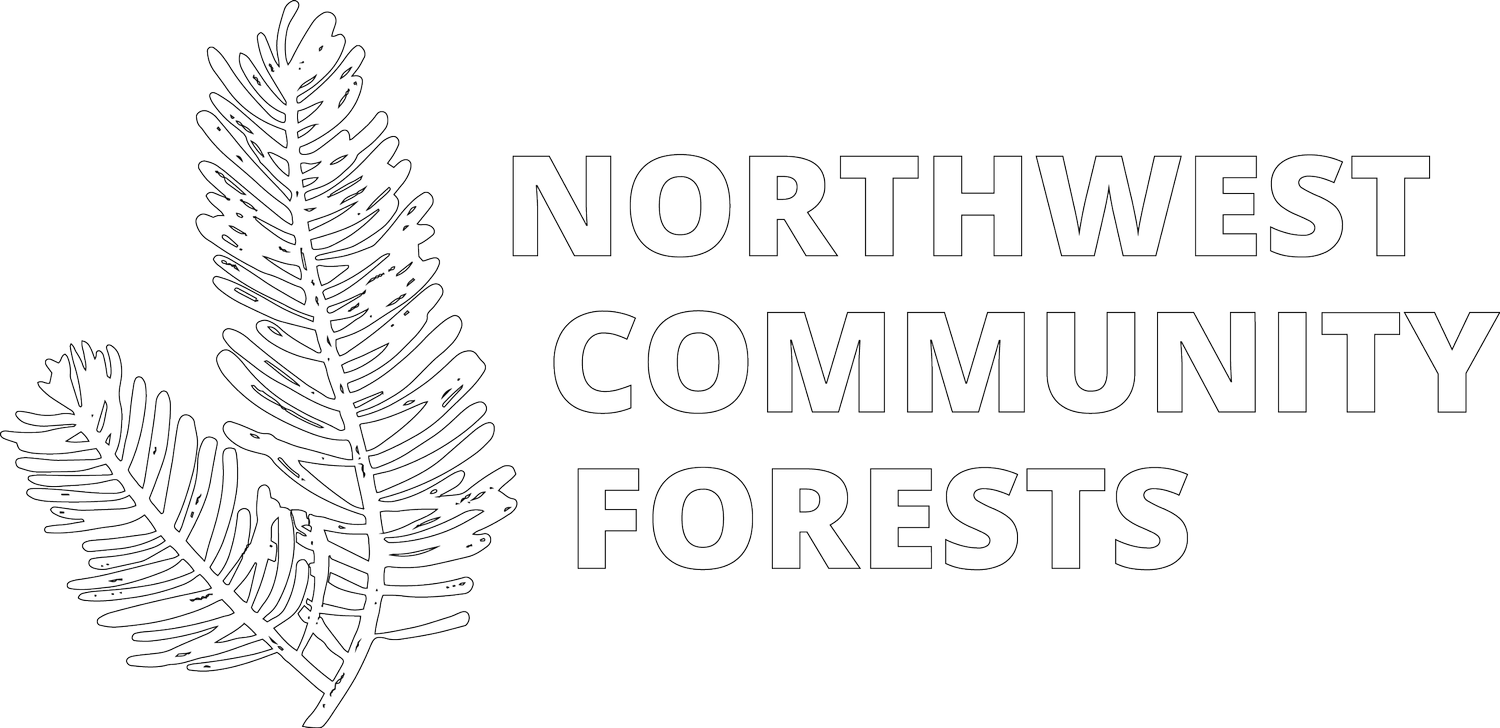5 Questions with Tom Tuchmann
Name: Tom Tuchmann
Hometown: Portland, Oregon
Affiliation: US Forest Capital, LLC
1. What first drew you to forestry work?
Like many working in this field, I was inspired by spending time in our nation’s forests and wildlands at a young age and wanted to see them conserved. Within this context, I was drawn to forestry because it essentially serves as the liberal arts of the sciences. Meaning, working in forestry provides exposure to biology, ecology, hydrology, economics, business, policy and planning, and wood products manufacturing among other disciplines. If you know forestry, there is a good chance you can conserve forests.
2. What is your favorite attribute of the community forest you’re affiliated with?
My work is focused on helping both existing and new landowners achieve their community forestry acquisition and management objectives. As a result, we are affiliated with numerous projects that seem to take on the unique characteristics of a particular community. What I like best about community forestry, and this seems to transcend different ownerships, is that land management is focused on optimizing an array of uses as opposed to focusing on one intensive use. Sure, different owners emphasize different things, but overall we see nice balance of environmental, social, and economic objectives and outputs.
3. From your perspective, what is the most important benefit that can be realized by developing community forests / practicing community forestry?
Having been heavily involved with public land timber wars and witnessing the social destruction associated with those debates, there are two benefits that stand out for me of a well structured community forest. First, a community forest brings people together who thought they had disparate interests. Second, community ownership allows a community to develop and implement a shared forest management strategy. Its really the implementation of the shared strategy that is so important and unique. If the community owns or controls the land, their hard work to reach consensus is rewarded on the ground.
4. What is the most challenging aspect of developing a community forest? Most gratifying?
Well the obvious answer is funding, but its important to dig below the surface on this one. Numerous federal, state and philanthropic programs provided relatively small sums — from a timberland pricing standpoint — of public money that can be used for community forest acquisition. There are, however, various forms of debt that can be accessed depending on how the community borrower is structured and there are more and more private equity investors that are interested in partnering with community forest buyers. For me, its most gratifying to see various sources of capital pulled together so that a group of people can buy a community forest.
5. What advice would you give to communities interested in developing their own community forest?
There are a couple things to think about. Make sure there is an appropriate mix of people with different perspectives involved with your governance structure. Speaking of governance structure, spend some time up front to really thing about the various options and what this means for control, access to financing and ongoing management. Finally, don’t be greedy. In the community forestry context this means focus on gaining control or ownership of the property even if you have to do some things are uncomfortable at first. It may take 5, 10 or 50 years to reach your forestry objectives but your property is permanently conserved and you’ll have time to work through your forest management issues.

